The reading time is approximately 2 minutes.
In the heart of the Iberian Peninsula during the 10th century, the city of Cordoba flourished as a radiant capital under the governance of the Umayyad rulers. This era, marked by eight centuries of Muslim influence, was particularly rich in cultural exchanges among the Islamic, Jewish, and Christian communities, who coexisted harmoniously. These interactions fostered an intellectual and scientific renaissance, transforming Cordoba into a beacon of knowledge.
In the heart of the Iberian Peninsula during the 10th century, the city of Cordoba flourished as a radiant capital under the governance of the Umayyad rulers. This era, marked by eight centuries of Muslim influence, was particularly rich in cultural exchanges among the Islamic, Jewish, and Christian communities, who coexisted harmoniously. These interactions fostered an intellectual and scientific renaissance, transforming Cordoba into a beacon of knowledge.







